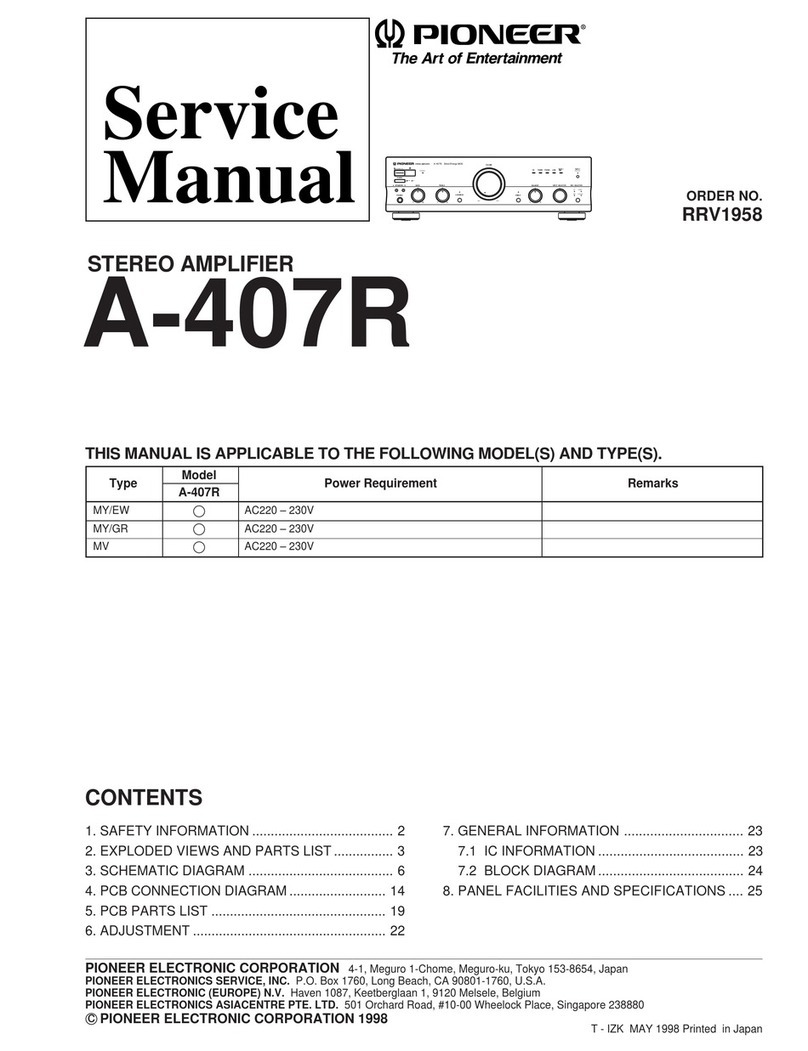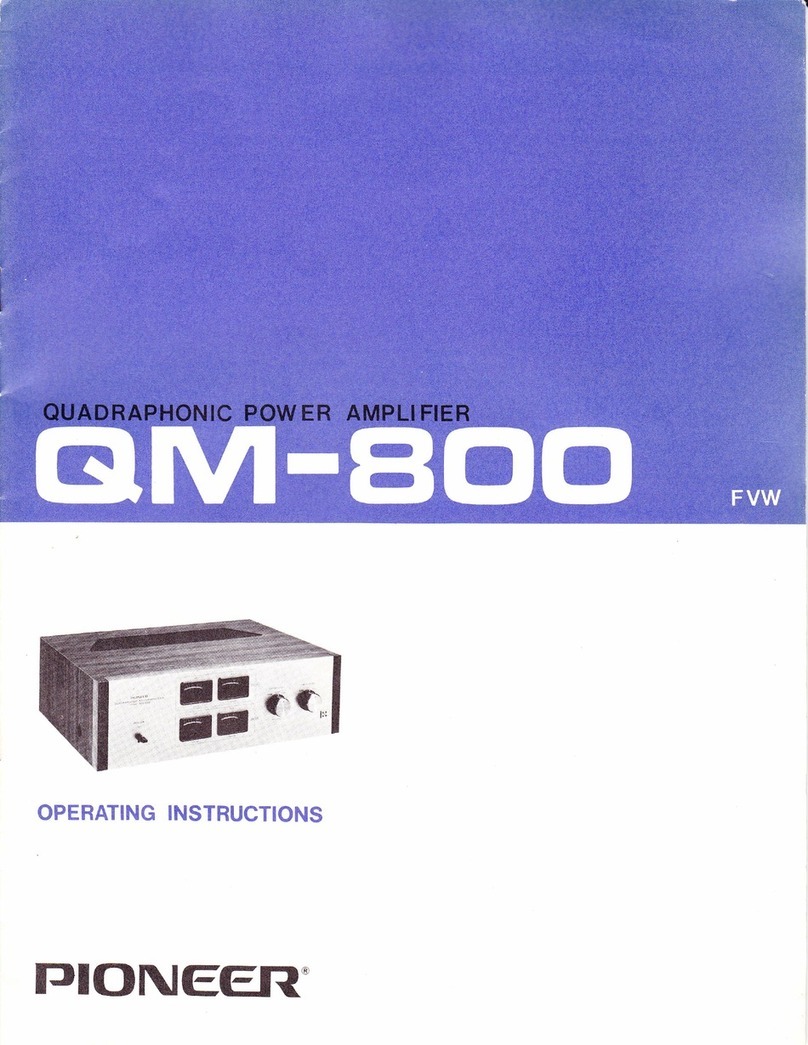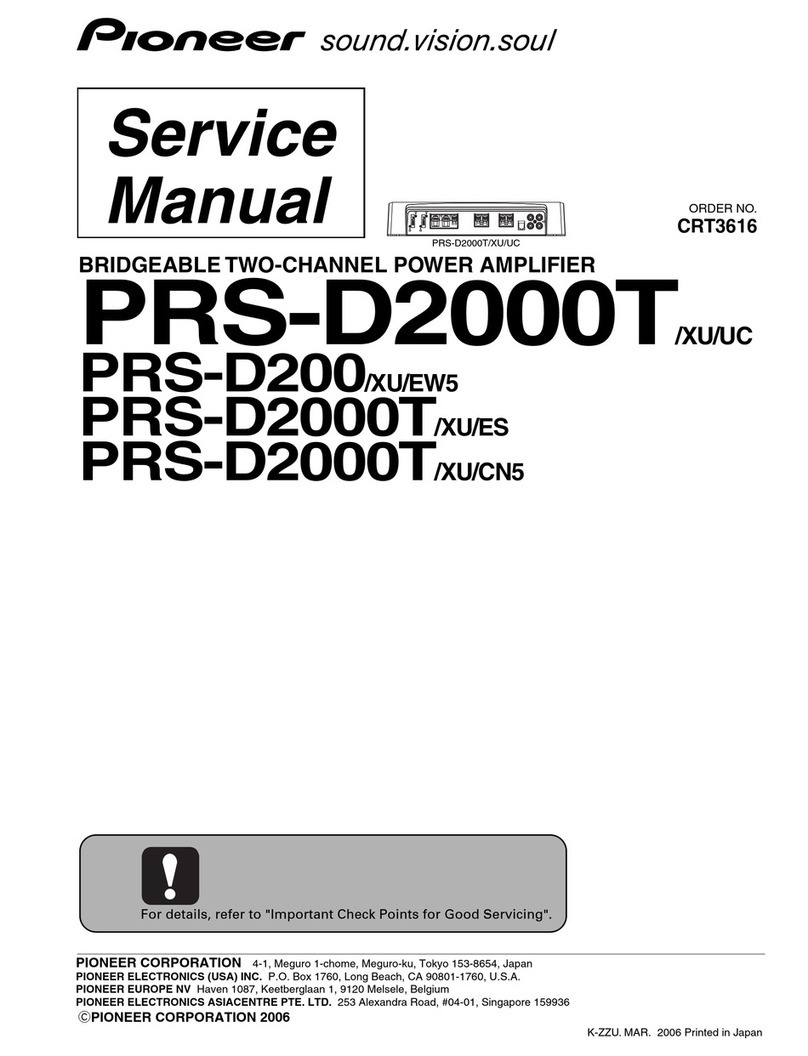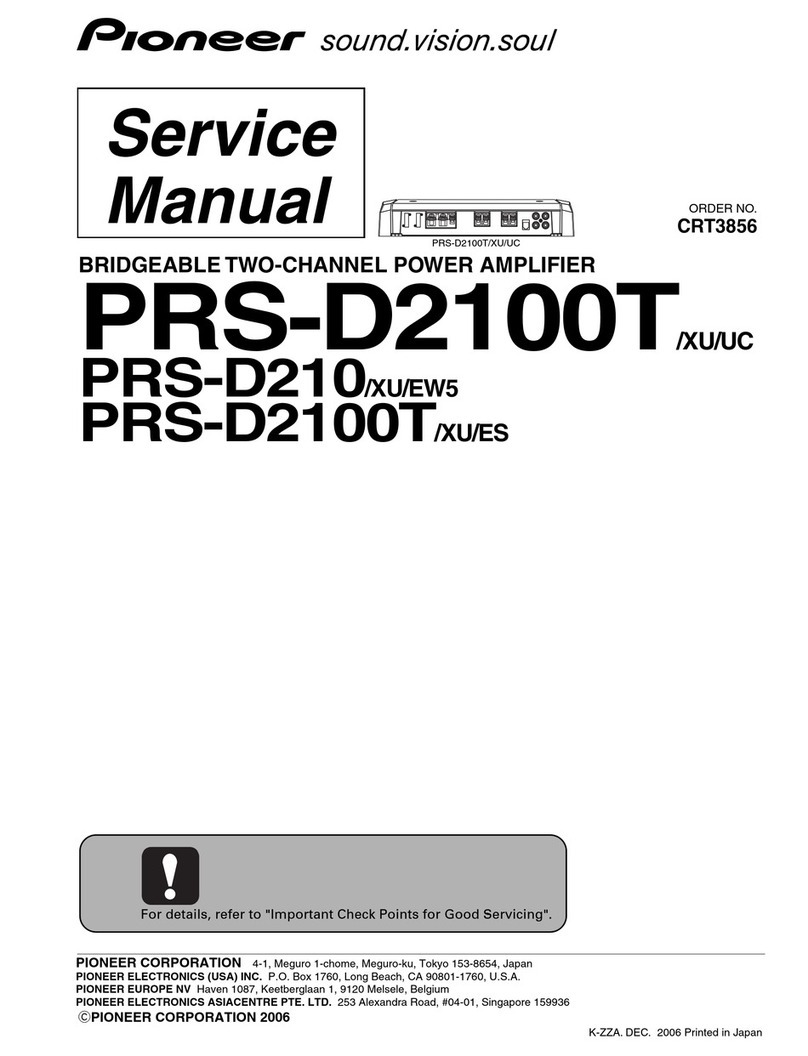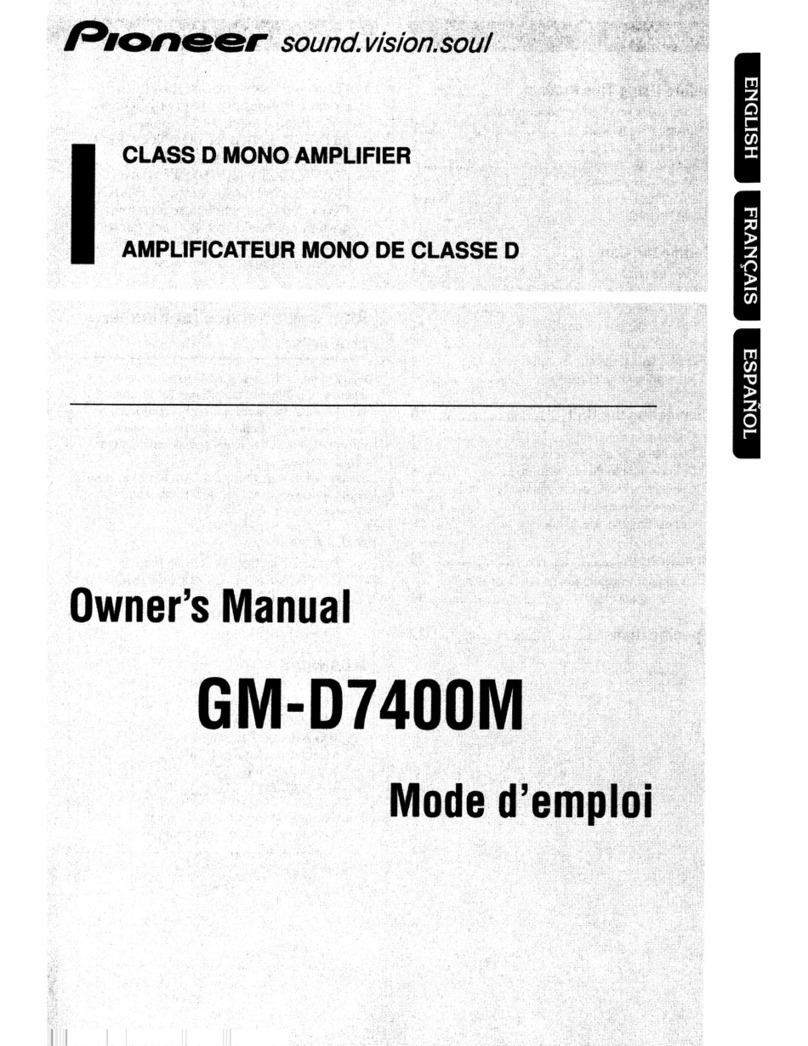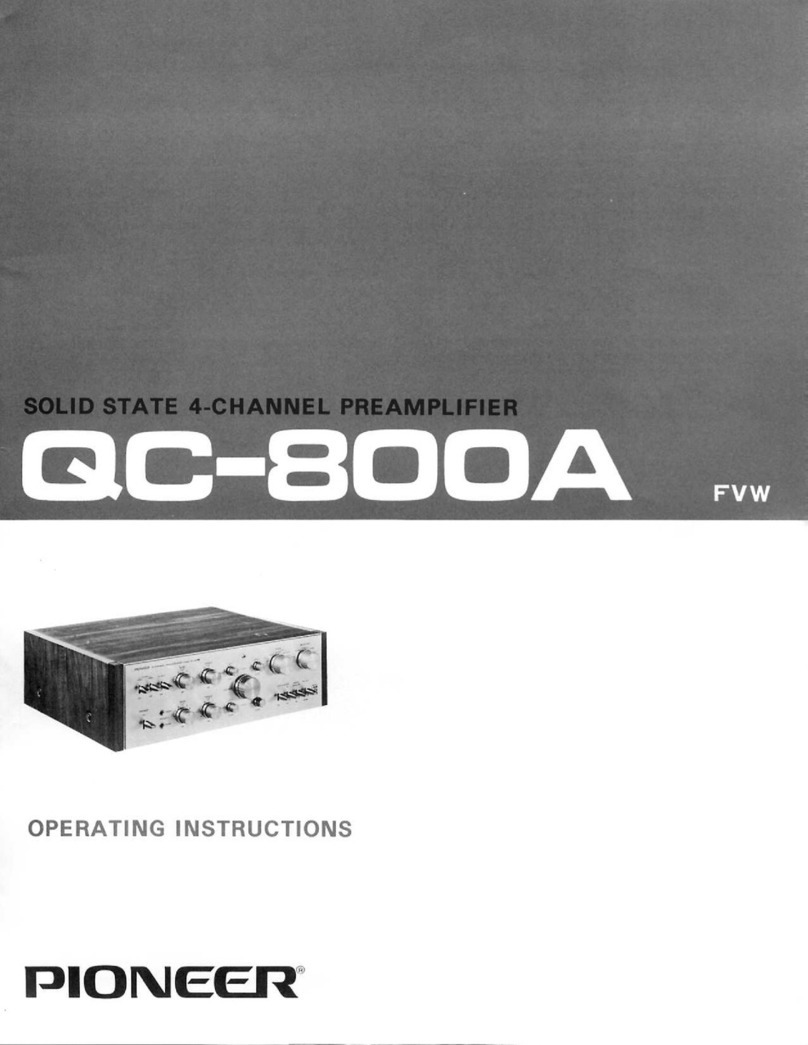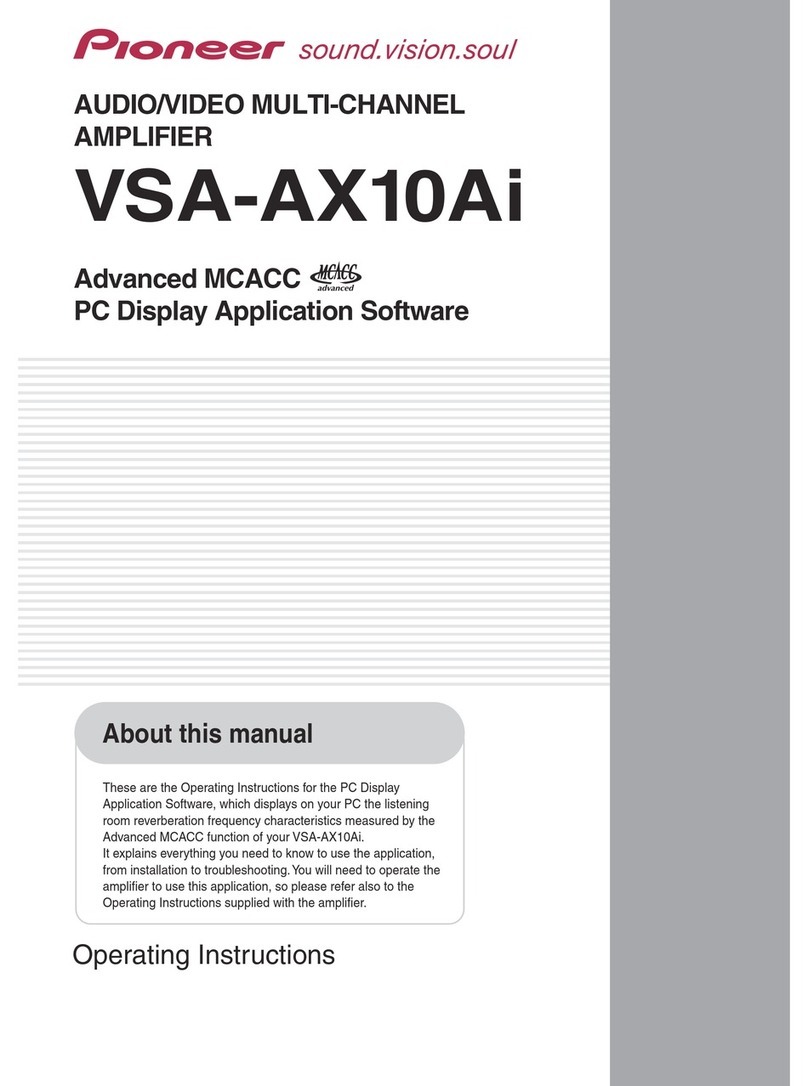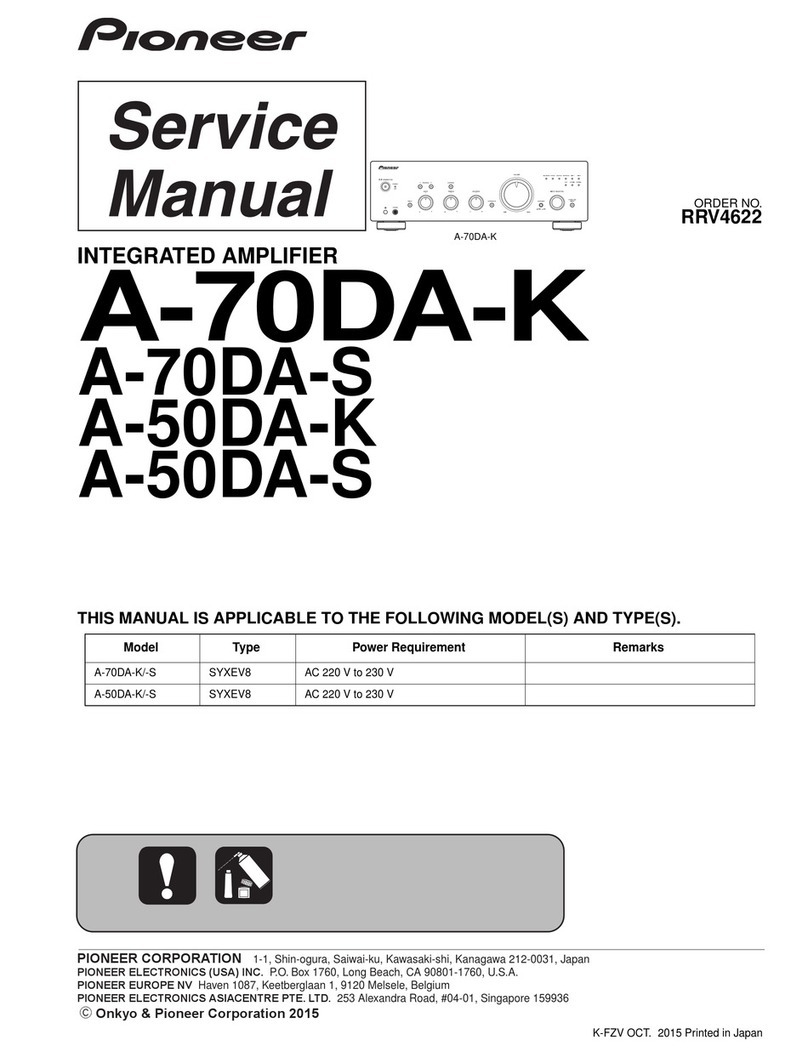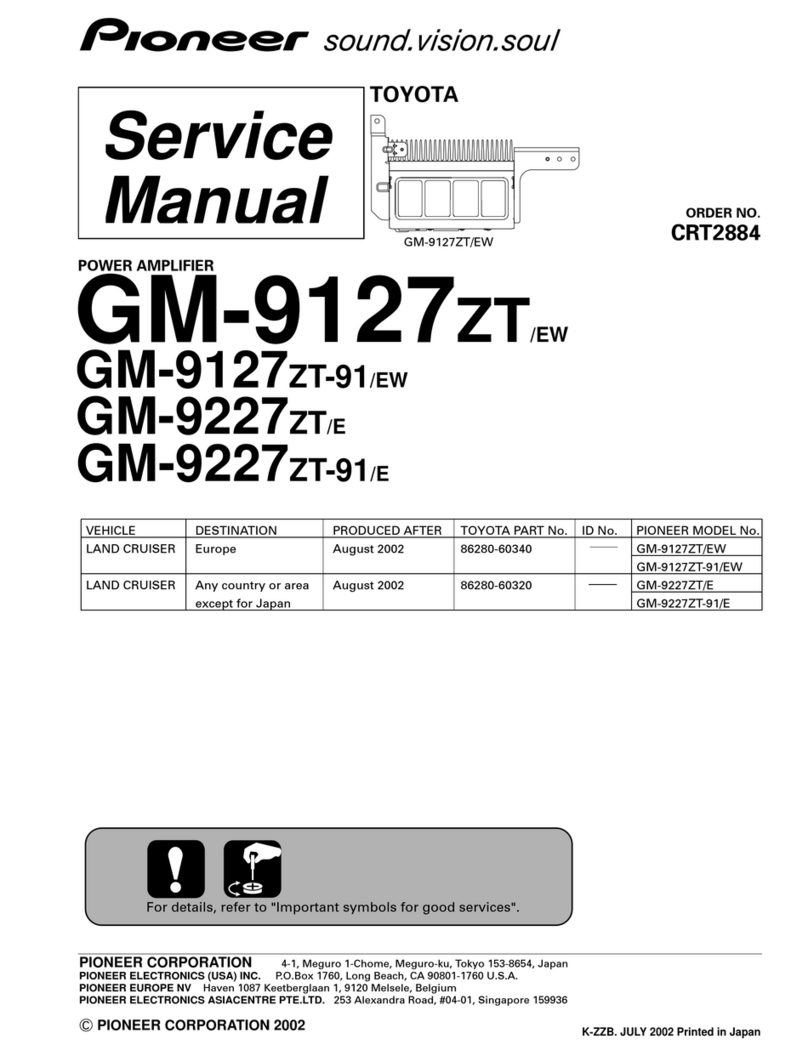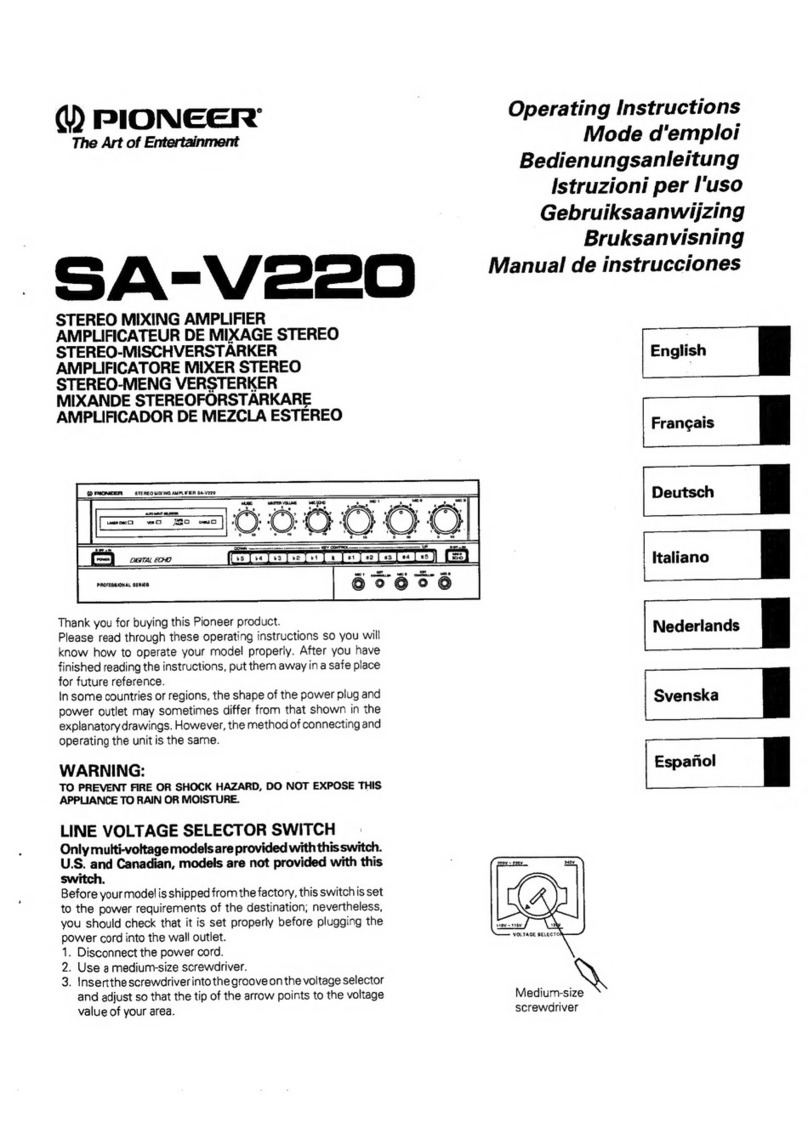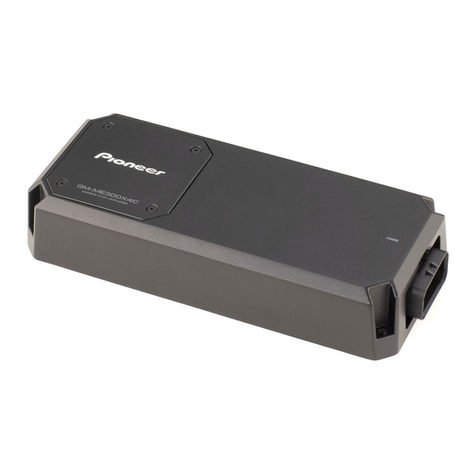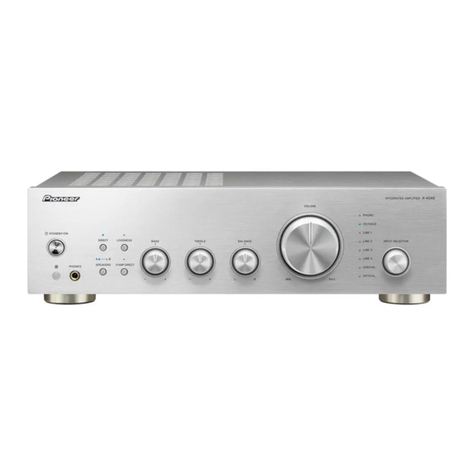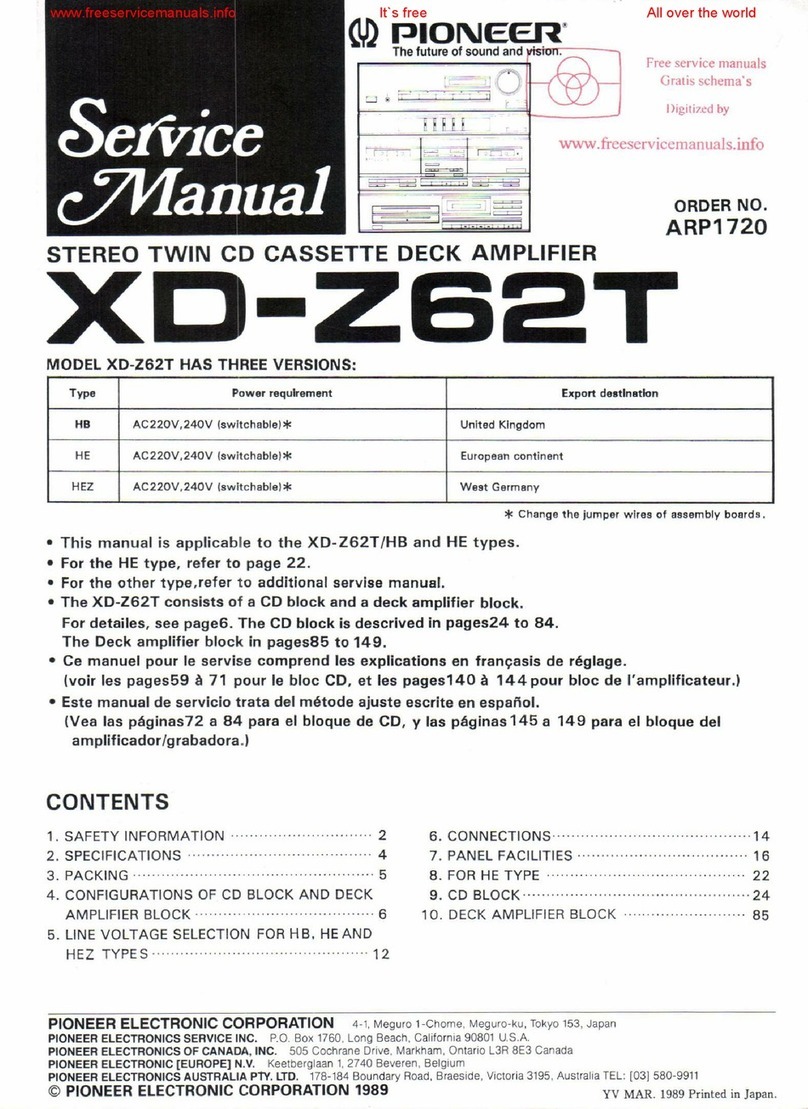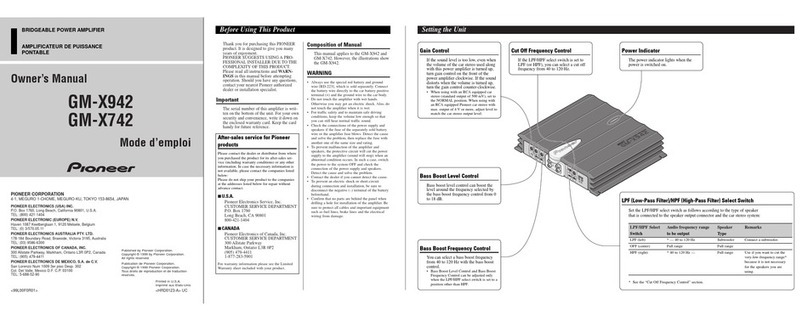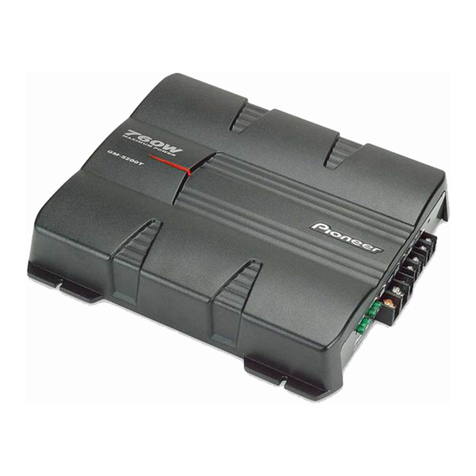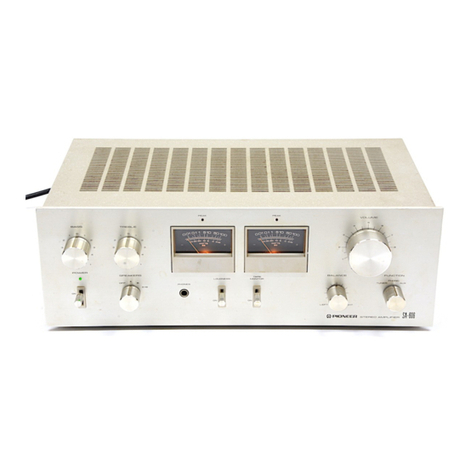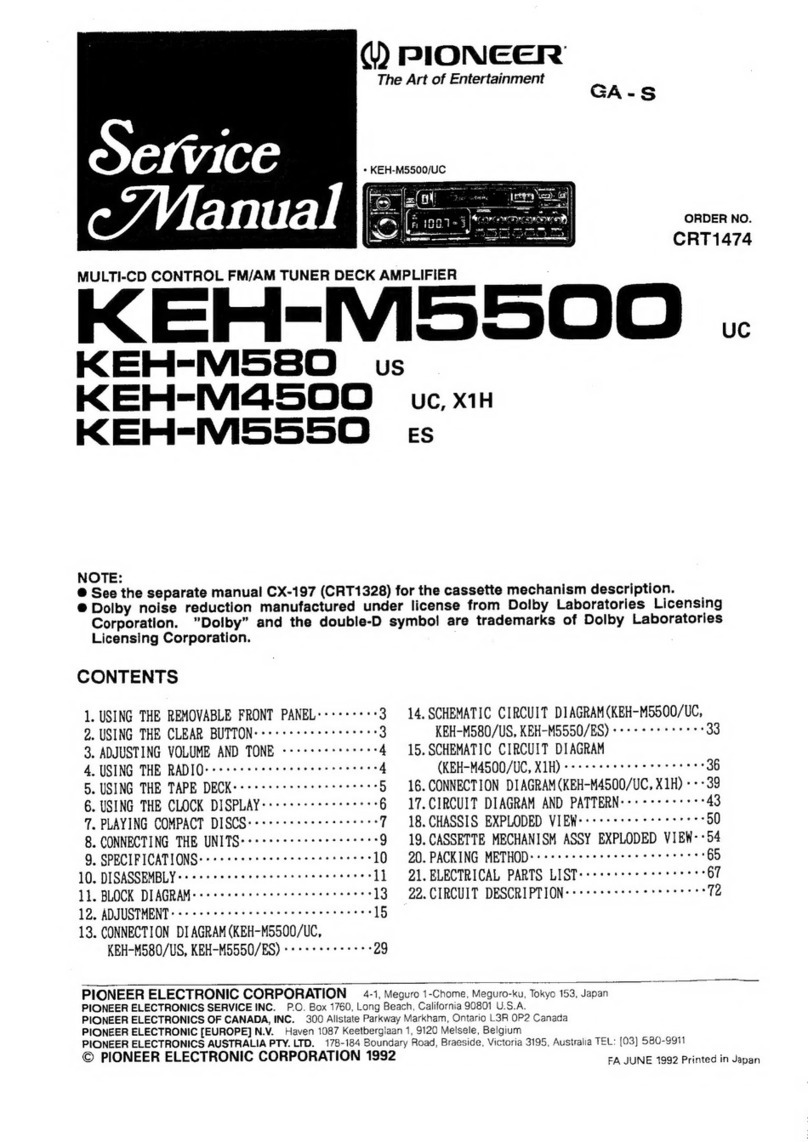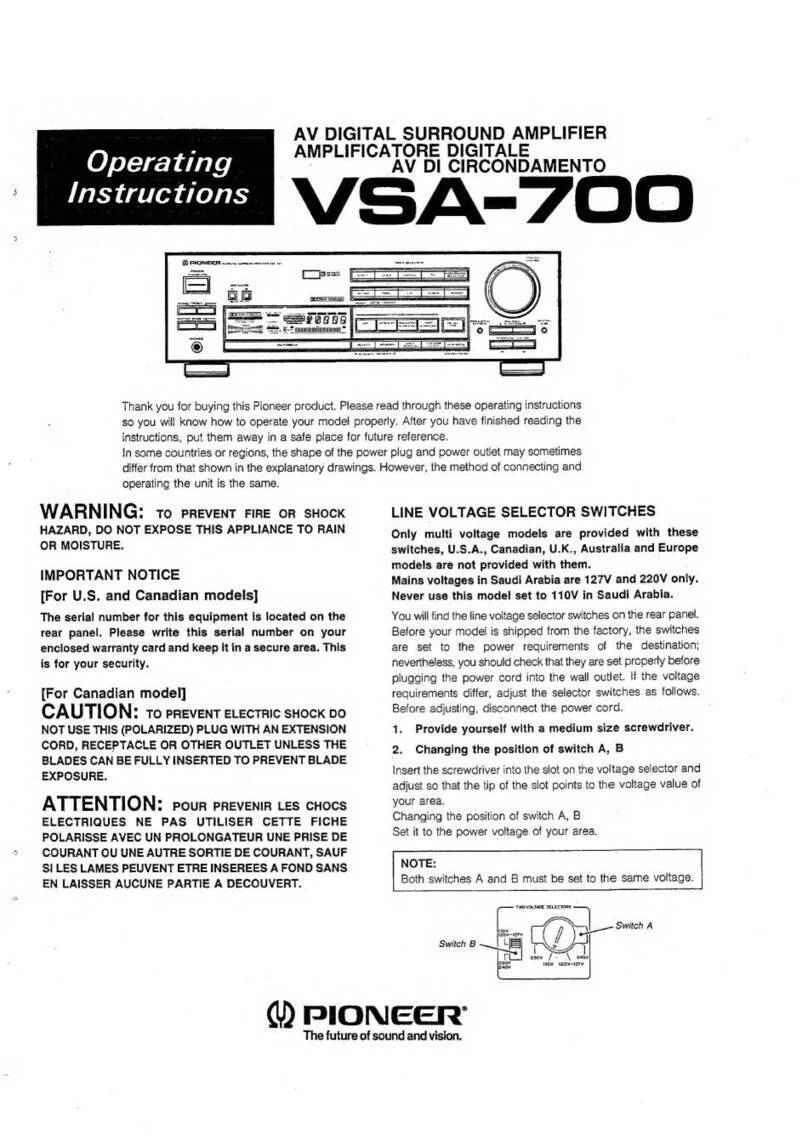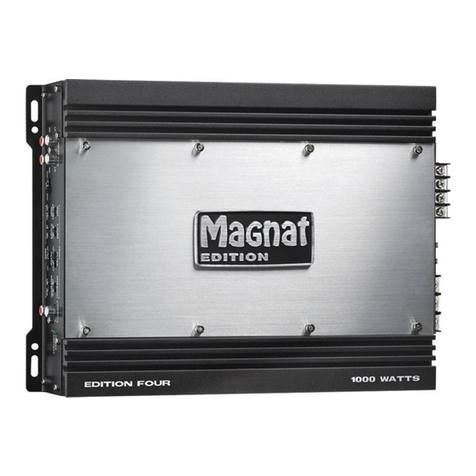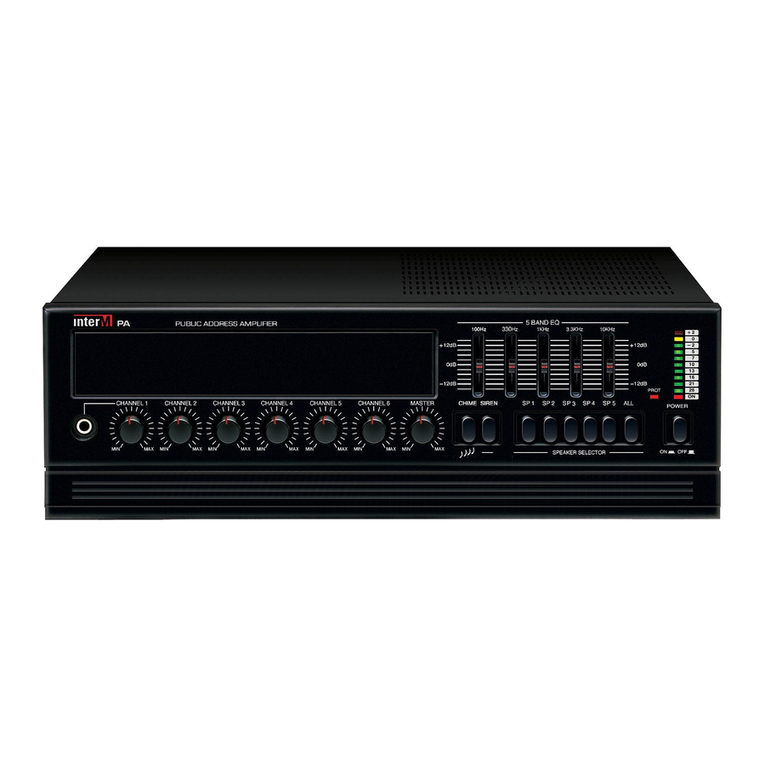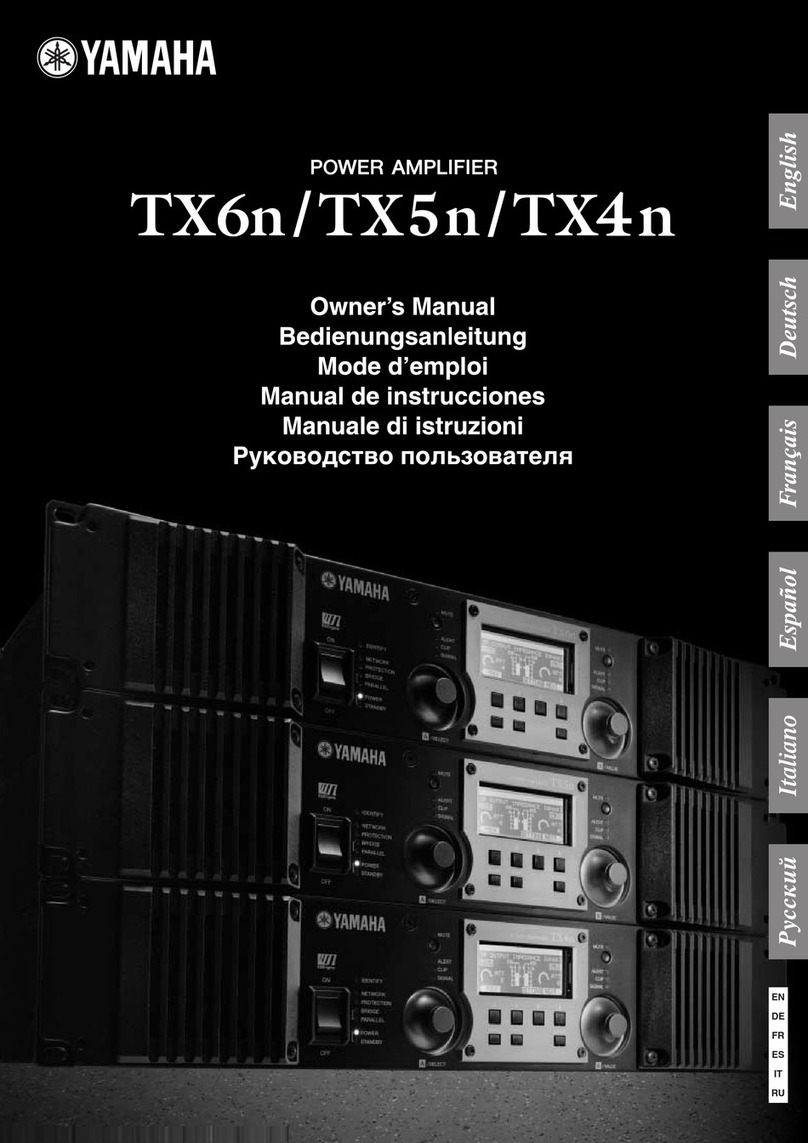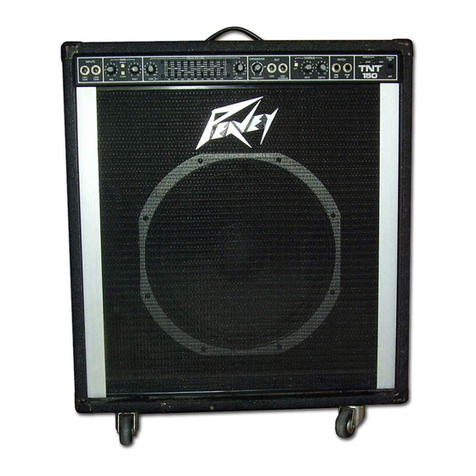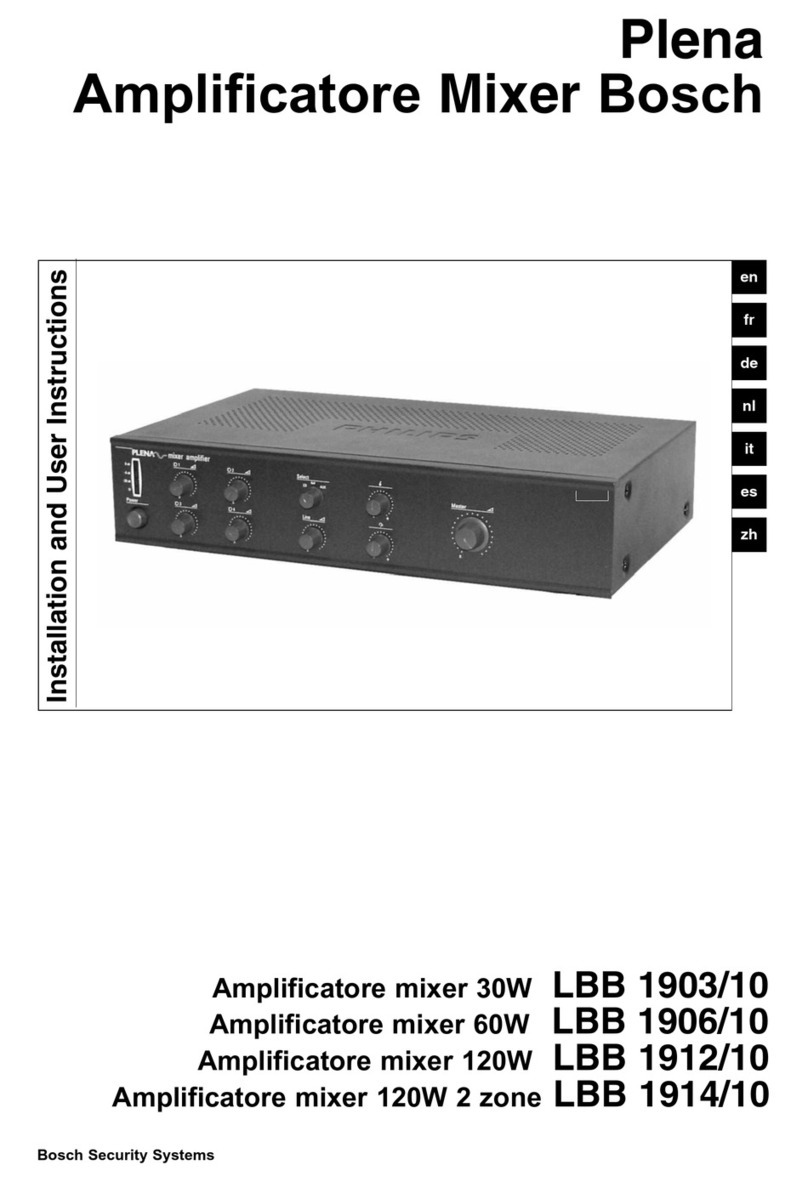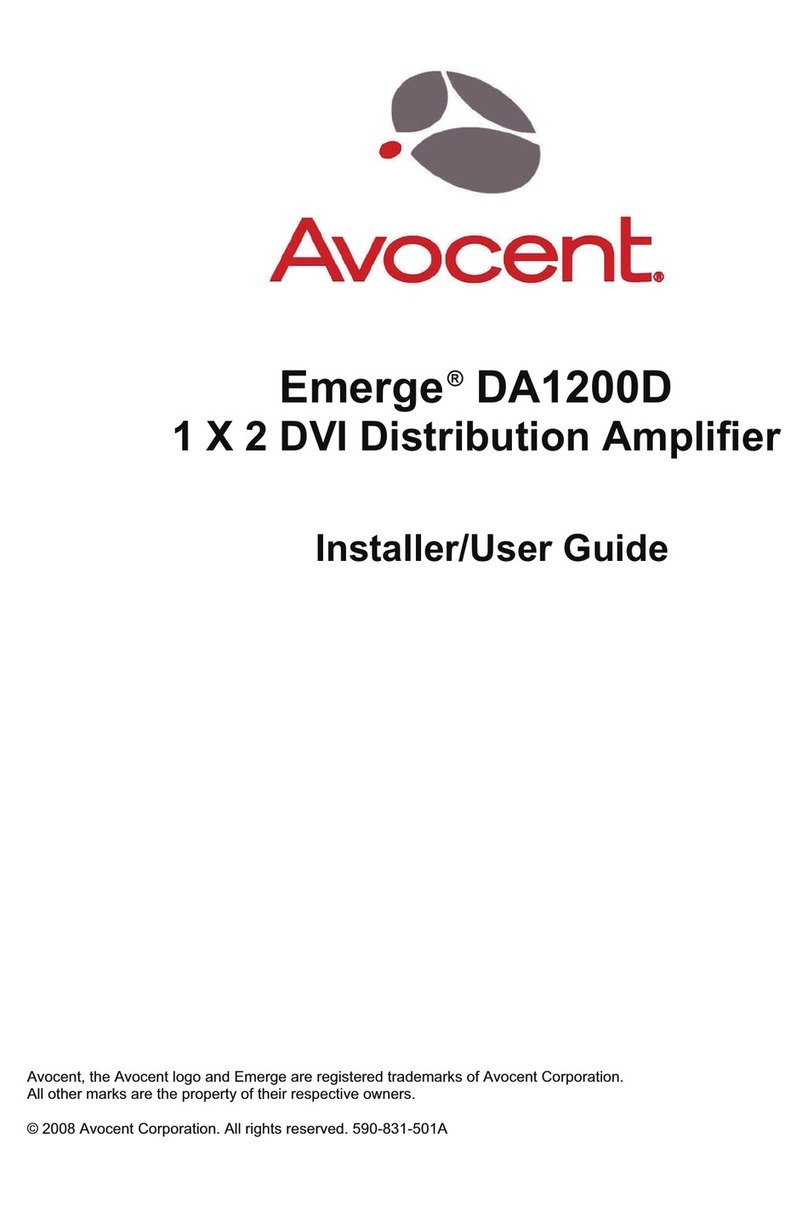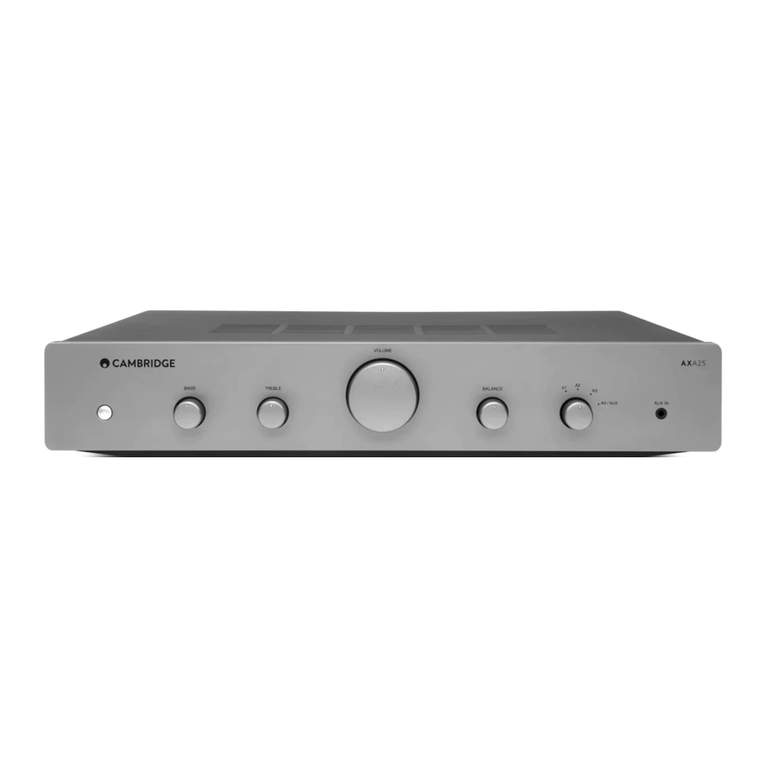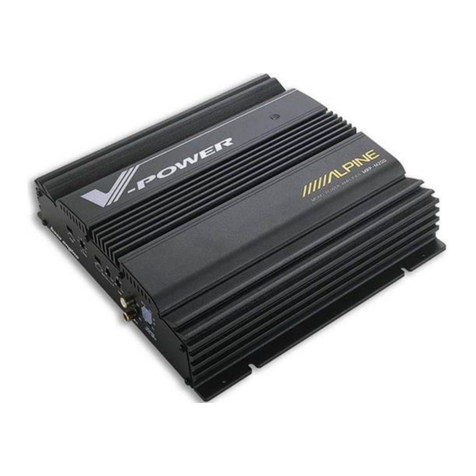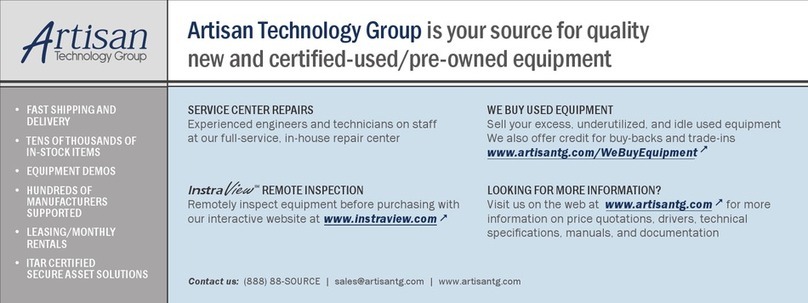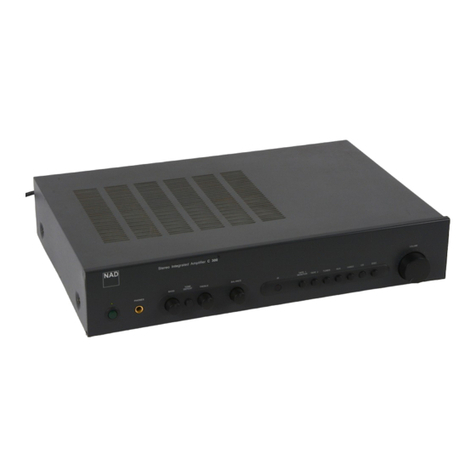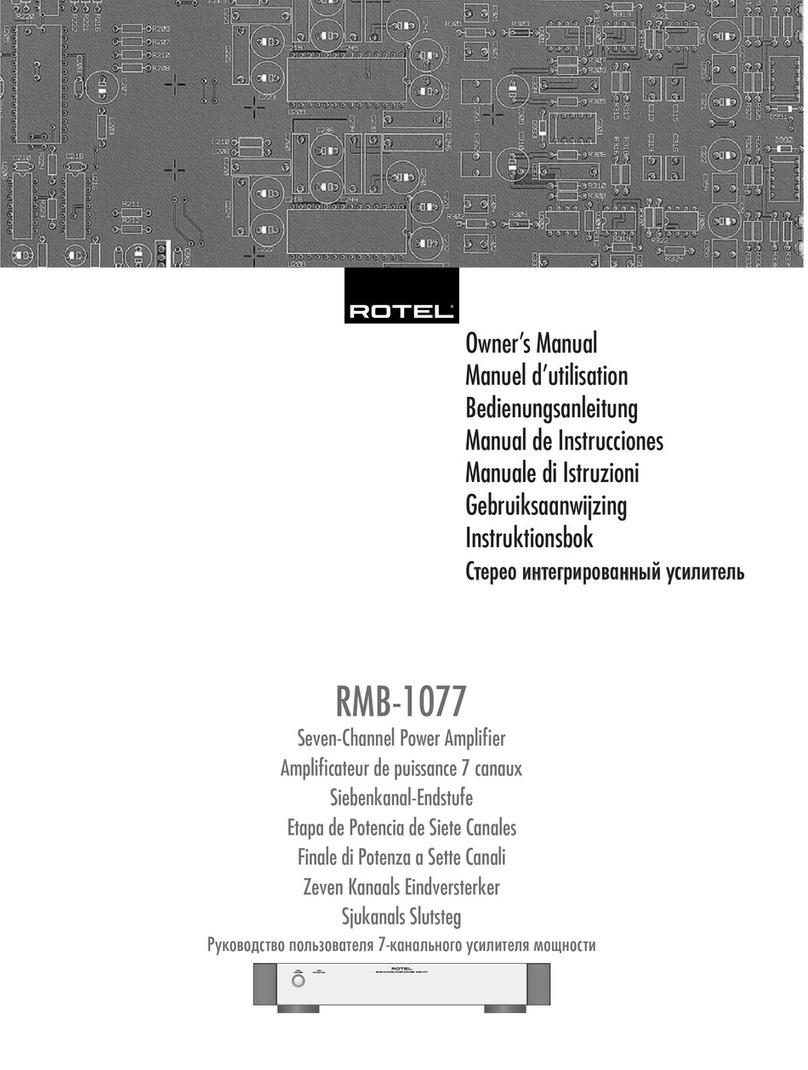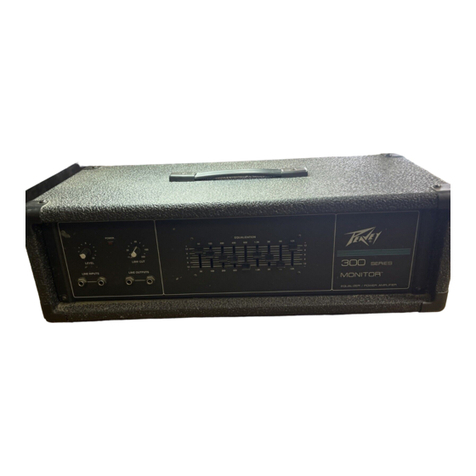
READ
INSTRUCTIONS
-
AW
the
salety
&
operating
instructions
thould
be
read
before
the
eppliance
is
operated.
RETAIN
INSTRUCTIONS
—
The
operating
instruc:
tions
shoud
be
retained
for
tuture
reference.
HEED
WARNING
—
Ail
warnings
on
the
appliance
and
in
the
operdting
instructions
should
be
adhered
to.
FOLLOW
INSTRUCTIONS
—
AN
operating
and
use
insisuctions
should
be
followed.
WATER
AND
MOISTURE
—
The
appliance
should
not
be
used
near
water
—
tor
exemple,
ni
bathtub,
washbow,,
kitchen
sink,
laundry
wb,
ina
wet
basement,
o¢
nea
wirnming
pool,
etc.
LOCATION
—
The
appliance
shoutd
be
insialied
in
&
stable
location.
WALL
OR
CEILING
MOUNTING
—
The
appliance
should
not
be
mounted
to
a
wall
or
ceiling.
VENTILATION
~
The
appliance
should
be
situated
so
that
its
location
of
position
does
not
interfere
with
its
proper
ventilation.
For
example,
the
appliance
should
not
be
siluated
on
s
bed,
sofa,
rug.
oF
similar
aurtace
that
block
the
ventilation
open-
ings;
or,
placed
in
»
buitt-in
instalation,
such
#3
8
bookcase
ar
cabinet
thai
may
impede
the
flow
of
bie
through
the
ventilation
openings.
HEAT
—
The
appliance
should
be
situated
away
from
heat
sources
such
as
radiators,
heat
registers,
Stoves,
of
other
eppliences
(including
amplitiars)
that
produce
heat.
POWER
SQUACES
—
The
appliance
should
be
con-
nacted
10
8
power
supply
only
of
the
type
describ-
ed
in
the
operating
insisuctians
o¢
as
marked
on
the
appliance.
POWEA.CORD
PROTECTION
—
Power-supply
cords
should
be
routed
so
that
they
are
not
likely
10
be
waked
on
of
pinched
by
items
placed
upon
or
against
hem,
paying
particular
attention
to
cords
ai
plugs,
convenience
receptactes,
and
the
pomt
where
thay
exit
trom
the
apptiance.
POLARIZATION
—
{f
your
purchased
product
is
pro-
vided
with
a
polsrized
power
plug,
please
read
the
folowing
instructions.
This
product
is
equipped
with
a
polarized
allemating
current
line
plug
is
plug
having
one
blade
wid
wil
fit
into
the
power
outlet
only
one
wey.
This
is
a
safety
feature.
if
you
are
unable
to
insert
the
plug
fully
Inta
the
outlet,
try
reversing
the
plug.
If
the
plug
should
still
fai
to
fit,
contact
your
electrician
to
saplace
your
obsolete
outlet.
Do
not
detest
the
salety
purpose
of
the
polerized
plug.
CLEANING
—
The
spplisnce
should
be
cleaned
ony
with
@
polishing
cloth
of
a
soft
dry
cloth,
Never
clean
with
furniture
wax,
banzing,
insecticides
or
other
volatile
tiquids
since
they
may
corrode
the
cabinet,
IMPORTANT
1
The
lightning
fi
with
arrowhead,
within
an
equilateral
iiangla,
is
intanded
to
alert
the
user
of
tha
presence
of
uninsulaied
“dangerous
voltage”
within
the
product's
enclosure
that
may
be
of
sufficient
magnitude
to
constitute
»
risk
of
elecisic
shock
to
persons,
IMPORTANT
2
It
the
apparatus
is
fitted
with
AC
mains
power
outlet{s),
see
REAR
PANEL
FACILITIES
for
conveniant
connec:
tion
of
additional
Hi-Fi
componantis),
Meke
all
connec:
tions
to
the
AC
outletish
and
the
signal
terminals
first.
Connect
the
plug
lo
the
wall
socket
laut,
make
suse
that
the
power
switch
is
off.
Disconnect
the
wall
plug
when
tha
equipment
is
not
in
(regular)
use,
.g.
when
on
vacation.
2
<ARE1016>
SAFETY
INSTRUCTIONS
POWER
LINES
—
An
outdoor
antenna
should
ds
located
away
from
power
lines.
NONUSE
PERIODS
—
The
power
cord
of
the
ap-
pliance
should
be
unplugged
from
the
ouilet
when
left
unused
for
a
long
period
of
time.
OBJECT
AND
LIQUIO
ENTRY
—
Care
should
be
taken
$0
(hat
objects
do
not
[a8
and
liquids
are
not
spilled
into
tha
enclosure
through
openings.
DAMAGE
REQUIRING
SEAVICE
—
The
appliance
should
be
serviced
by
Pioneer
authorized
service
center
of
qualified
service
personnel
when:
¢
The
power-supply
cord
or
the
plug
has
been
damaged;
ot
©
Objects
have
fatien,
or
liquid
has
been
spied
into
the
appliance;
or
«©
—
Tha
appliance
has
been
expased
to
sain;
oF
*
—
The
appliance
does
not
appear
lo
operate
normally
‘of
exhibits
a
marked
change
in
performance;
or
©
The
eppliance
has
been
dropped;
or
the
enclosure
damaged,
SEAVICING
—
The
user
should
not
allemp!
to
service
tha
appliance
beyond
that
described
in
the
‘operating
instructions.
For
all
other
servicing,
con-
tact
the
nearest
Pioneer
authorized
service
center.
10
”
MH
MDUMLD
OF
MH
LOCAL
Coots.
$41
FIG.A
BME
CON
ae
CAUTION
RISK
OF
ELECTRIC
SHOCK
DO
NOT
OPEN
CAUTION:
TO
PREVENT
THE
RISK
OF
ELECTRIC
SHOCK,
00
NOT
REMOVE
COVER
(OR
BACKI.
NO
USER-
SEAVICEABLE
PARTS
INSIDE.
REFER
SERVIC-
ING
TO
QUALIFIED
SERVICE
PERSONNEL.
FOR
USE
IN
THE
UNITED
KINGDOM
WARNING:
This
plug
must
only
be
connected
to
alectronic
apparatus
equipped
with
suitable
sockets,
Ii
not,
cut
off
the
plug
and
fit
on
appropriate
type
In
accordance
with
the
instructions
below.
The
cut-oif
plug
must
be
disposed
of
trical
shock
hezerd
could
exist
If
connected
to
socket
outlet.
4
ne
DeSRATORS
©
AN
oa
11a0
my
weont
10
FErEaNaL
antinna
Thauiaes
OF
PRODUCE
tinea)
DSC
ARGL
Unt
OUTDOOR
ANTENNA
GROUNDING
—
If
an
‘outside
antenna
is
connected
to
the
antenna
_
terminal,
be
sure
the
anienna
system
is
grounded
so
as
lo
provide
some
protection
against
voltage
surges
and
built
up
sialic
charges.
tm
the
U.S.A,
section
610
of
the
Nationat
Elec-
tical
Code,
ANSI/NFPA
No.
70-1964,
pro-
vides
information
with
respect
to
proper
grounding
af
the
mast
and
supporting
siruc-
tura,
grounding
of
the
lead-in
wire
to
an
anien-
charge
unit,
size
af
grounding
conduc-
Jocation
of
nna-discharge
unil,
con-
nection
to
grounding
electrodes,
and
re-
quirements
for
the
grounding
electrode.
See
Fig.
A.
a)
Use
No.
10
AWG
(5.3
men)
copper,
No.
@
AWG
18.4
mm!)
aluminum,
No.
17
AWG
{1.0
mm!)
copper:
clad
.
bronze
wire,
oF
Jarger
as
ground
wire.
b)
Secure
antenna
lead-in
and
414K0
ove
ground
wires
to
house
with
stand-off
insulstors
spaced
from
4
teet
(1.22
meters)
10
6
feat
{1.63
meters)
spert.
el
d}
Use
jumper
wire
not
smaller
than
No.6
AWG
(13.3
mm')
copper
or
equivalent
when
Separate
anienna-ground-
ing
electrode
is
used.
The
exclamation
point
within
an
equéatersl
trengie
is
intended
to
alert
the
user
of
the
prasence
of
important
ance
(servicing!
instructions
in
eppliance.
The
wires
in
this
moins
lead
are
coloured
in
sccardance
with
the
following
Bhat
Neutrat
Brown:
Live
As
the
colours
of
the
wires
in
the
mains
lead
of
this
ap-
paralus
may
not
correspond
with
the
coloured
marking
identitying
the
tesminais
in
your
plug
proceed
as
tolows:
The
wire
which
is
coloured
blue
must
be
connected
to
the
terminal
which
is
macked
with
the
fetter
N
of
col-
oured
black.
‘The
wite
which
is
coloured
brown
must
be
connacisd
10
the
lerminal
which
is
marked
with
the
feiter
&
or
cot-
oured
red.
CONTE
3
Checking
the
Accessories
........
Vaseasovs
Sade
Scestaveecscees
Inserting
Batteries
........scccssscsssceessrestssesetetressteeee
D
Rear
Panei
Facilities.....
aceg
ease
devusasvebsbyorsnenvoseowsesaves
4
Before
Connecting
.............ecesseeee
eeeeaes
Pisces
essasdexserD
System
Connections
}..........
weeees
sisseteess
ideceet
aeleied
6
System
Connections
It......
jaeeagssceeyaseacd
jsissneseccsocee
ts
7
Front
Panel
Facilities.........ccsccescesseceneeseeeeeeeees
weve
So
Remote
Control
Unit.......cccceeseseccsescecseresensecsseseeeee
OD
CHECKING
THE
ACCESSORIES
NTS
Surround
Sound
Effect
.........
Before
Operation
............
OPeErAation
.....ccccessssereceee
Individual
Operations
............
Matiedi
Shee
nee
TO
snvdesezesae
V1
Range
of
Use
of
Remote
Control
Unit............05
vi
20
Table
of
Operations
...........ccceeeeeee
Segetaeer
sven
Gancss
21
Troubleshooting
..........ccecssccesseecececsterseeeereeeeeeese
22
Specifications
............
sTaedeFeasaa
haha
douse
obeeteedesnda's
23
Remote
control
Unit]
..
INSERTING
BATTERIES
—{
[ssp
Caz
AL
>
Red
1A)
The
remote
control
unit
is
located
inside
the
packing
box
when
the
surround
amplifier’s
packing
box
is
opened.
Insert
batteries
in
the
remote
control
unit
as
described
below:
4)
Open
the
battery
compartment
lid
on
the
underside
of
the
remote
control
unit.
The
lid
will
open
easily
if
you
slide
it
sideways
while
pressing
it
with
your
thumb.
Insert
the
two
accessory
“R6”
size
dry
cell
batteries
in
the
compartment,
taking
care
to
correctly
match
the
polarities
as
shown
inside
the
compartment.
8)
Close
the
lid.
NOTE:
*
When
not
using
the
remote
control
unit
for
long
periods
of
time
fone
month
or
more},
remove
the
batteries
from
the
remote
control
unit
to
prevent
any
possibility
of
battery
leakage
in
the
compartment.
*
Never
use
old
and
new
batteries
together.
When
‘replacing
batteries,
always
replace
the
two
old
batteries
with
two
new
ones.
©
Do
not
lay
books
or
other
objects
on
top
of
the
remote
con-
trol
unit.
The
operation
keys
may
be
depressed,
causing
a
con-
tinuous
flaw
of
battery
power.
INSERTING
BATTERIES
Insert
dry
cell
batteries.
Align
the
battery
poles
as
shown
in
the
Close
the
lid.
The
lid
will
click
into
place.
~
“TEC
R6”
(AA)
size
3
<ARE1016>
